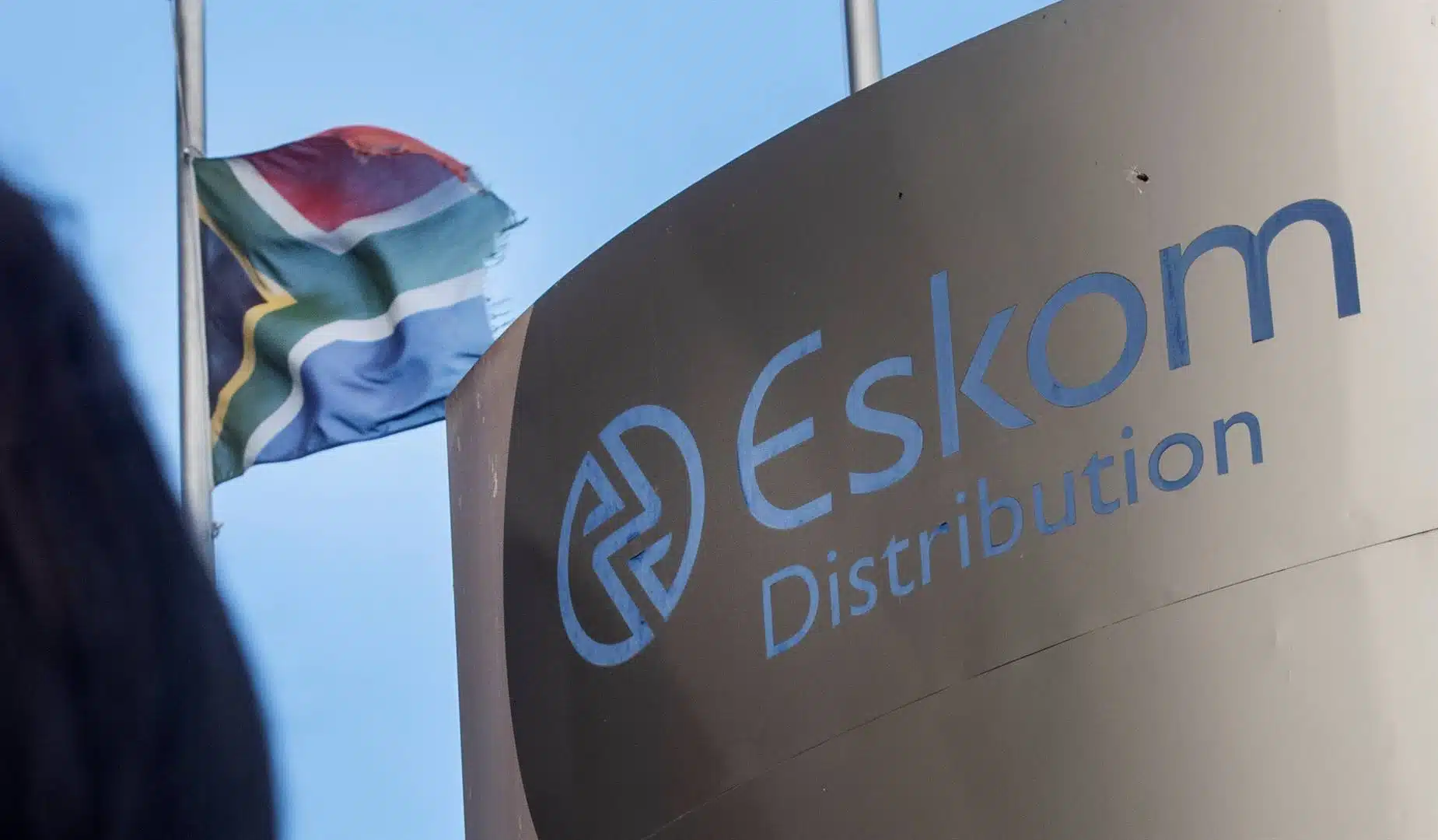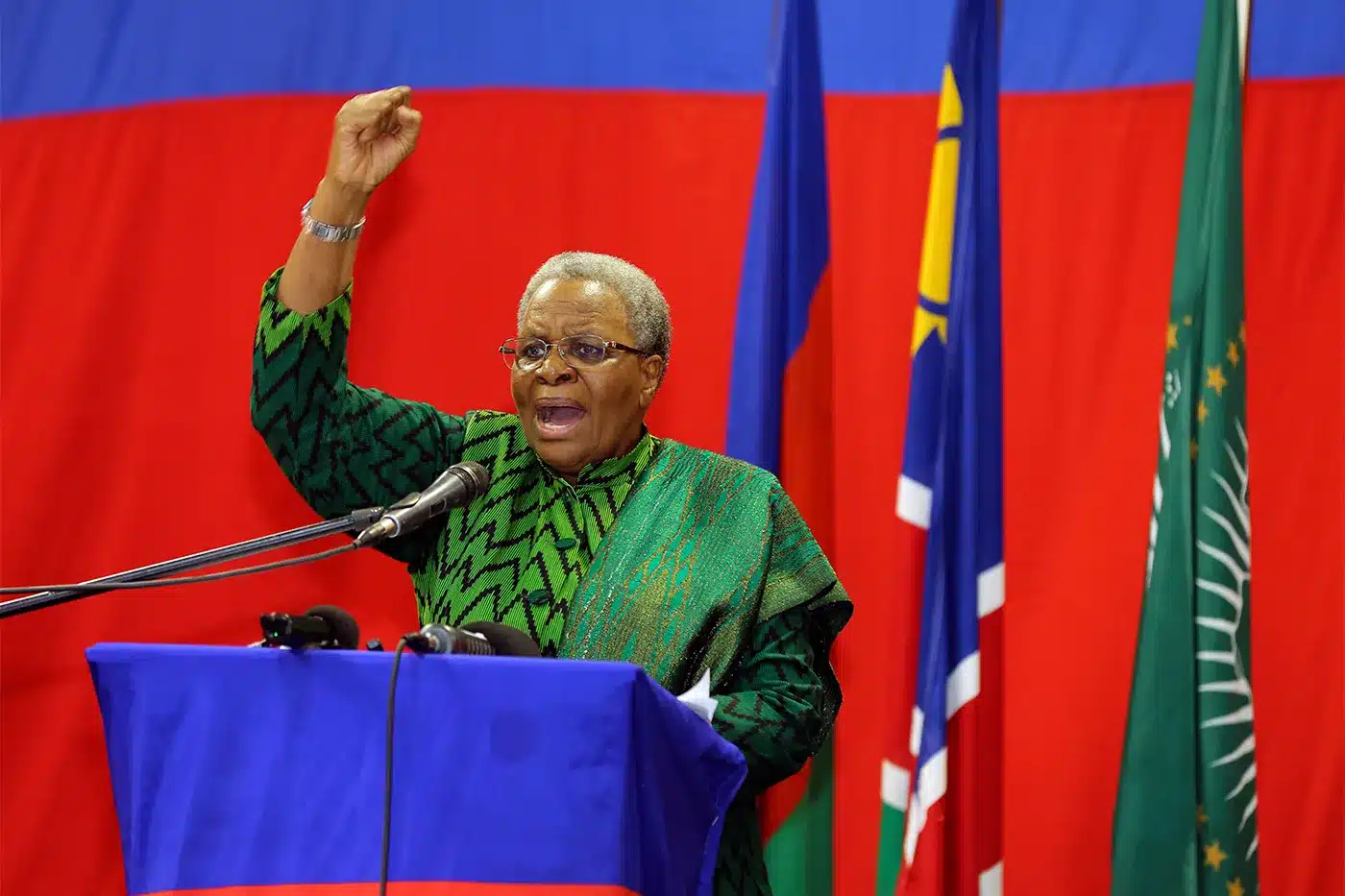South Africa was once seen as a clean-energy leader in Africa. But its focus now appears to be shifting from building new renewable projects to investing heavily in large-scale infrastructure led by state utility Eskom.
The government’s new funding priorities, which includes grid upgrades to coal-plant revamps, are raising questions about whether the country’s ambitious green transition may be losing pace.
While these projects could bring short-term relief to the power grid and stabilize power supply, they risk diverting resources and could delay progress toward the country’s long-term climate and renewable energy goals.
As of today, less than 10% of South Africa’s electricity output comes from renewable energy.
Apart from a handful of households and small businesses that rely on off-grid solar power, the majority of the country still depends on coal-based power plants for electricity.
Over the years, the South African government has repeatedly promised a transition to renewable energy, insisting it will meet its 2040 net-zero target for decarbonization.
While such promises often sound political, the reality is that South Africa’s electricity direction largely follows the money.
For Eskom, the country’s main utility company, ensuring steady electricity output for customers takes precedence over reducing its carbon footprint.
Its recent revival of the Kusile Power Station, for instance, shows that much of the talk around renewables may not live up to expectations.
The project, one of the largest in the country, adds at least 800 MW of coal-based power generation to the national grid.
Speaking at the plant’s relaunch in October, Eskom’s Group Executive, Dan Marokane, said that while the power station represents a milestone, it does not change the company’s commitment to expand its renewable energy portfolio.
“As we celebrate this milestone, we are also accelerating efforts to expand our renewable energy portfolio to complement our baseload infrastructure. This is part of our broader strategy to repower the grid and reduce overall emissions,” Marokane said.
To be fair to Eskom, it recently launched a renewable energy subsidiary, allowing private investors to purchase renewable power directly.
However, momentum has remained stronger for coal-based power generation than for renewables.
South Africa’s large economy and heavy energy consumption have also made it difficult for the company to prioritize renewable energy development.
Coal money paid off
Moreover, the coal-led electricity approach has also paid off for the utility firm.
With a renewed focus on revamping aging infrastructure and expanding its coal fleet, electricity generation—and profits—have both surged.
In March, Eskom reported a R16 billion profit ($926 million) for the 2024 financial year, marking its first profit in eight years. The company attributed this turnaround to improved coal plant performance, cost control measures, and tariff adjustments, among other factors.
Consequently, the long-standing issue of load shedding has also eased.
Load shedding refers to the deliberate, temporary interruption of electricity supply to different areas by Eskom.
In August, the company celebrated 300 consecutive days without load shedding—a significant milestone.
While these gains signal progress in restoring reliability, they also underline a key tension: Eskom’s short-term recovery is being powered by existing coal and nuclear plants, not renewable energy.
South Africa’s renewable energy push
Meanwhile, South Africa’s clean-energy journey began with strong ambitions.
Under the Integrated Resource Plan (IRP) and the Just Energy Transition Partnership (JETP) an $8.5 billion agreement with the US, UK, EU, and others the country committed to reducing emissions and replacing coal with solar and wind power.
Through the Renewable Independent Power Producer Procurement Programme (REIPPPP), South Africa once led Africa’s renewable race, attracting billions in private investment and installing over 6 GW of clean energy between 2012 and 2020.
However, growth has slowed. Delayed procurement rounds, policy uncertainty, and Eskom’s high debt have held back new projects.
What began as one of Africa’s boldest transitions is now facing challenges in keeping momentum.
Why Eskom is returning to big infrastructure
Over the past year, Eskom’s focus has shifted from adding new renewable capacity to strengthening its existing power infrastructure.
The utility recently commissioned Unit 6 at the Kusile Power Station, adding 800 MW to the grid.
Together with the Medupi Power Station, both plants now provide about 9.6 GW of coal-based generation.
According to Eskom’s own assessment, much new investment is going into maintaining older infrastructure and expanding the transmission network in order to stabilise supply.
The utility also notes that key parts of South Africa’s transmission grid are already full, leaving many approved wind and solar projects unable to connect due to capacity constraints.
The African Development Bank also approved a $474.6 million facility to strengthen South Africa’s power and transport sectors, while the World Bank committed $1 billion to support grid reforms.
In addition, Eskom plans to invest more than R200 billion ($11 billion) over the next decade to expand transmission lines and upgrade substations, reinforcing its focus on grid reliability and system stability.
These investments are aimed at improving reliability and reducing outages, though they have shifted attention temporarily away from new renewable projects.
The risk of slowing renewable progress
Under the current IRP, renewables are expected to contribute about 35% of total generation by 2030.
But industry analysts, including those at the Council for Scientific and Industrial Research (CSIR), warn that at the current pace, South Africa may fall short of this target.
International partners in the JETP are also watching closely, as funding meant for clean energy appears to be directed mainly toward grid stabilization rather than new renewable projects.
This focus on short-term system recovery could delay broader progress toward a lower-carbon energy mix.
Balancing grid stability and energy transition
Government officials maintain that strengthening the grid is a necessary step before expanding renewable generation.
Electricity Minister, Kgosientsho Ramokgopa has emphasized that South Africa cannot have a renewable future without a reliable transmission backbone.
Eskom shares this position, explaining that current investments in plant maintenance and grid upgrades are intended to create the foundation for future renewable growth.
“This is going to require an enormous amount of investment. The fiscus won’t be able to carry that. The Eskom balance sheet is not sufficient, so it is important to find bespoke financing instruments to make this possible,” the Minister said.
The utility is also restructuring to attract private investment into transmission and distribution — a move aimed at building a more competitive electricity market.
The Presidential Climate Commission’s review of the Just Energy Transition Investment Plan (JET‑IP) calls for stronger institutional frameworks and financing mechanisms.
It also emphasizes improving transmission infrastructure and increasing private‑sector participation.
The JET‑IP quarterly report highlights that the private sector is leading renewable energy investments in South Africa.
However, inadequate transmission capacity is slowing integration. The report stresses that grid development must keep pace with procurement programmes to ensure progress.
Bottom line
Eskom’s ongoing infrastructure projects may help stabilize South Africa’s grid and reduce outages, but they also underline a period of transition for the country’s energy sector.
The renewable agenda remains central to long-term plans even if progress has slowed.
How quickly South Africa can shift back toward clean energy expansion will determine whether this current phase becomes a strategic pause or a prolonged delay in reaching its green goals.








